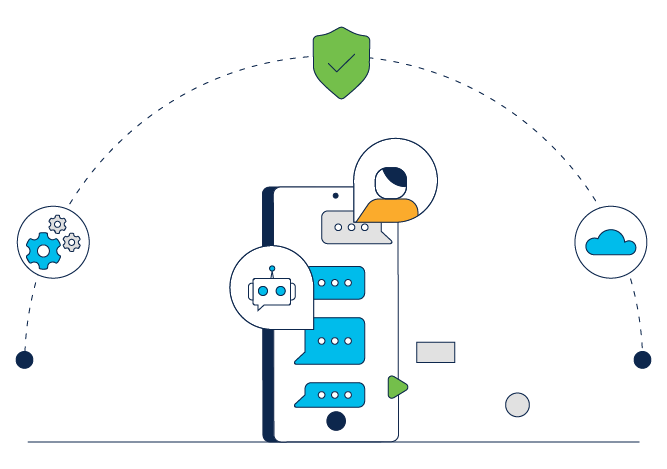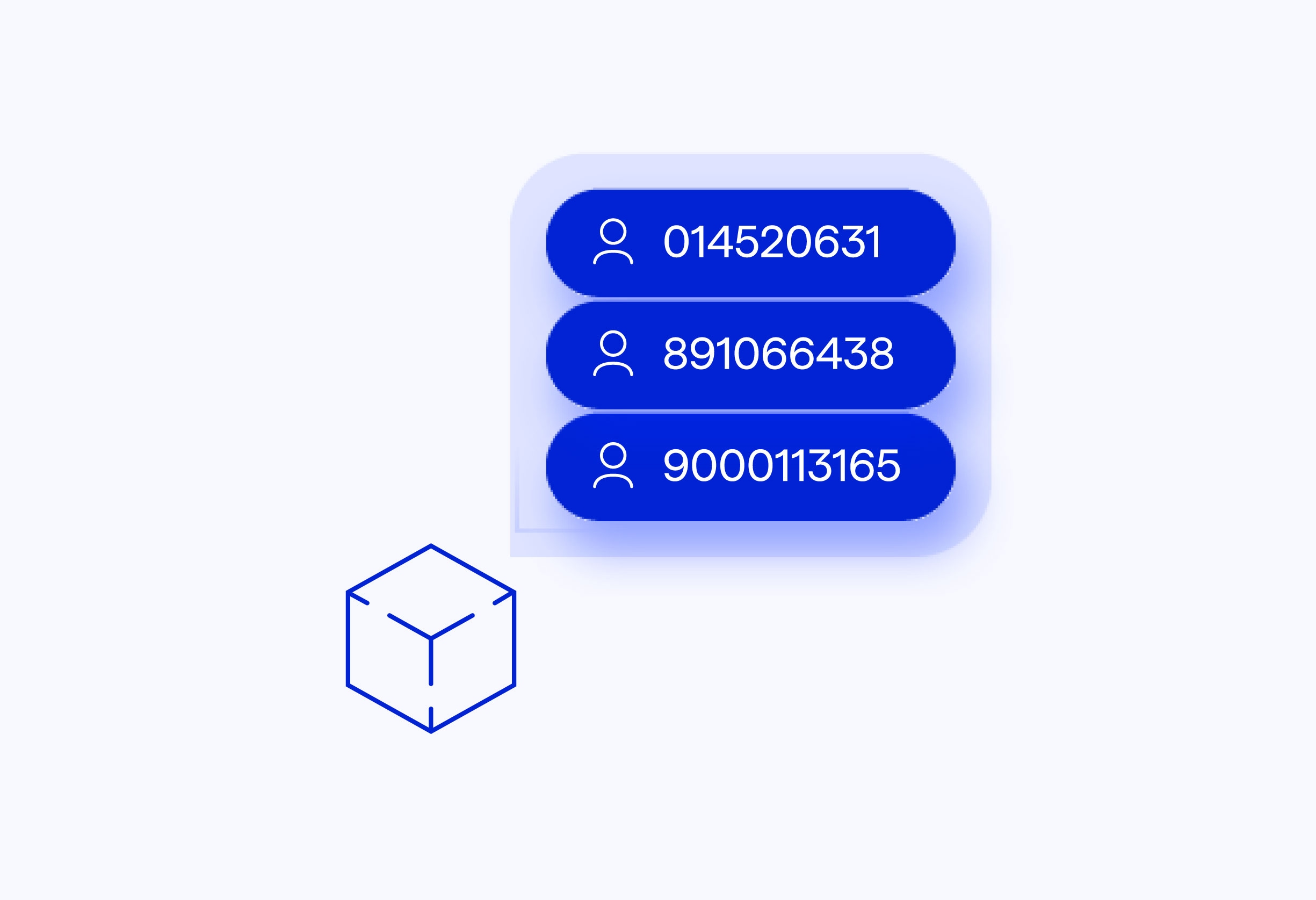Interactive AI chatbots introduce new forms of business risk
Organizations that plan to leverage AI chatbot technology need to be aware that these technologies can introduce new safety and security risks. Not only can they misrepresent your business and share inaccurate information—at worst, they can distribute malicious content, share sensitive customer and business data, and perform unintended user actions.
While the architectures of AI chatbots and AI agents will vary, every component used in development is ultimately susceptible to malicious insertion or manipulation. Open source models, third-party libraries, training data sets, and connected knowledge bases can all be exploited to turn chatbots into distribution sources for misinformation, phishing links, malware, or arbitrary code execution.
Vulnerabilities in production AI chatbots can appear both inadvertently and through intentional exploitation. Factually inaccurate or harmful outputs can erode customer trust and create additional problems for customer support teams. Sensitive data used to fine-tune or augment models can become a target for adversaries, who will engineer malicious prompts to extract valuable information on customers, models, and the broader business.
The dangers of AI agents can be particularly severe because they are authorized to act on a user's behalf in any connected service. An indirect prompt injection concealed in an email, for example, might contain discreet instructions to exfiltrate all mail from a target's inbox.
Learn about the critical points where your chatbots and agents require security measures. Our vendor-agnostic Al Security Reference Architectures provide secure design patterns and practices for teams developing such GenAI applications.



